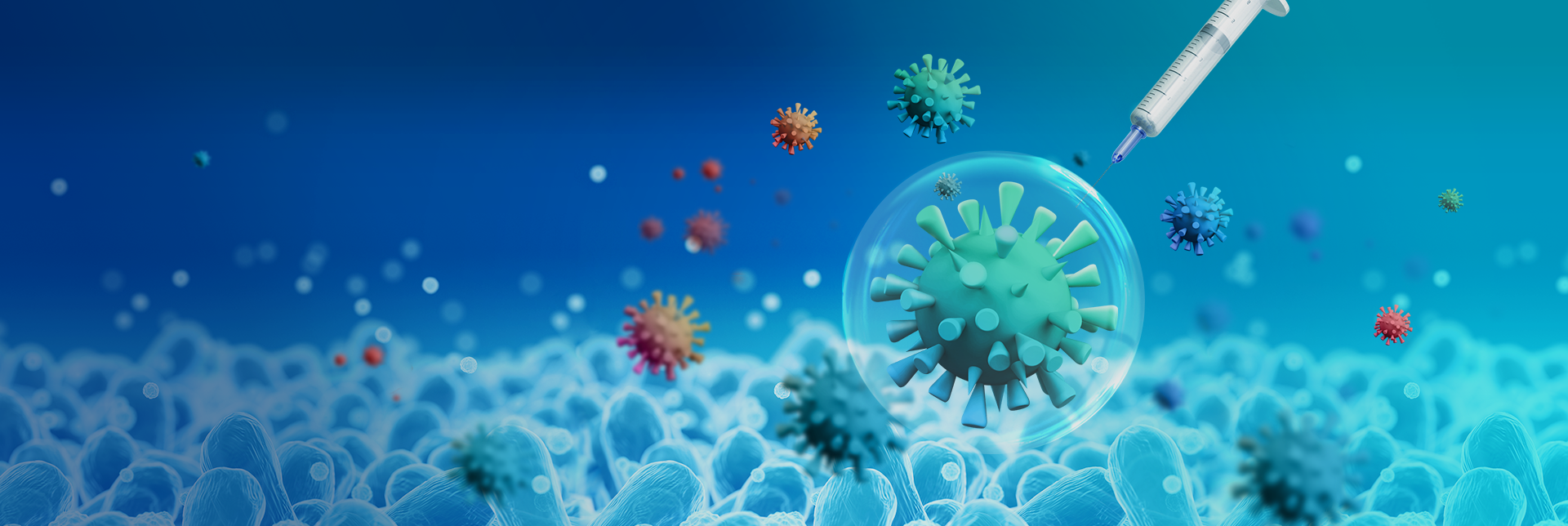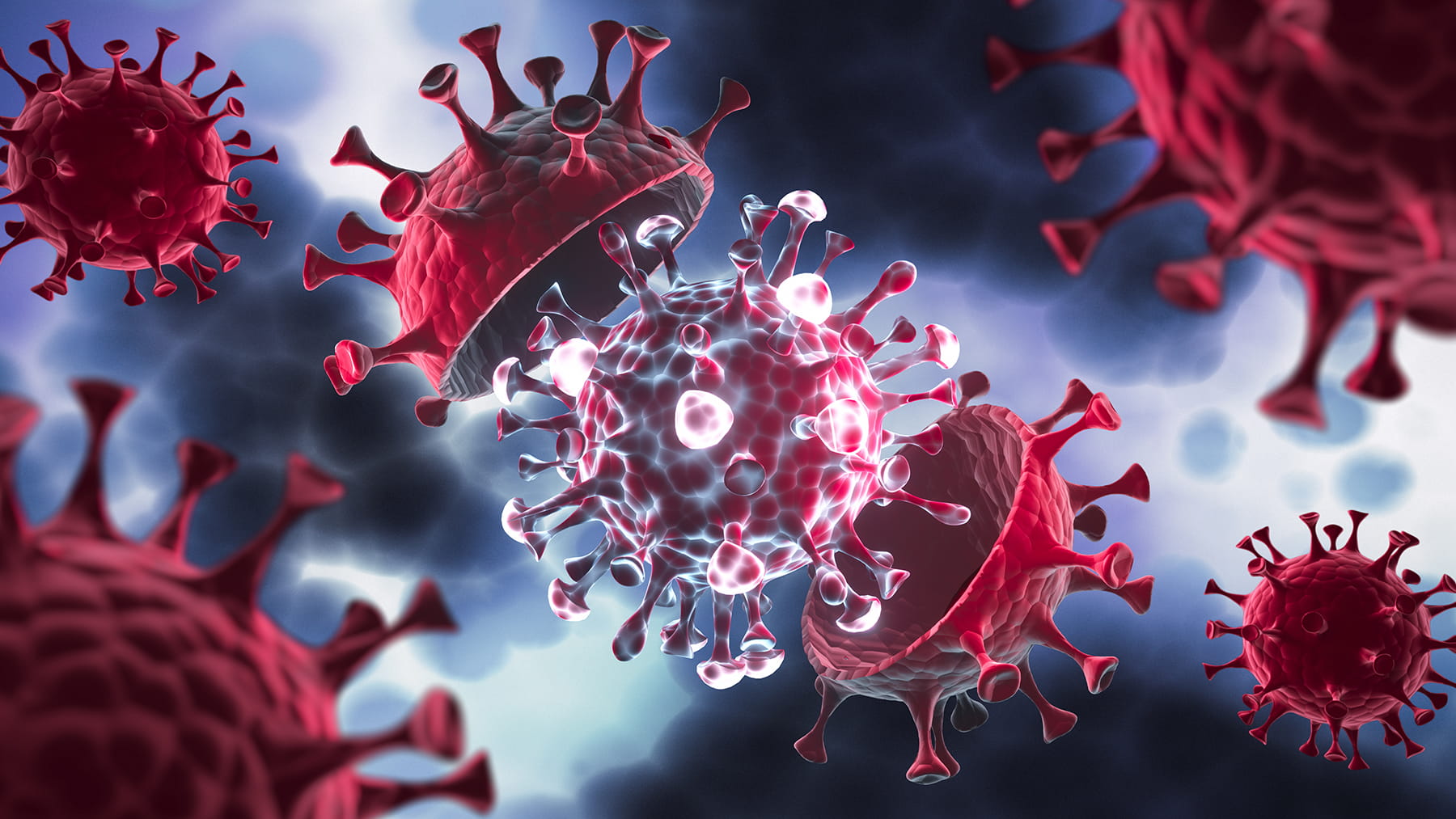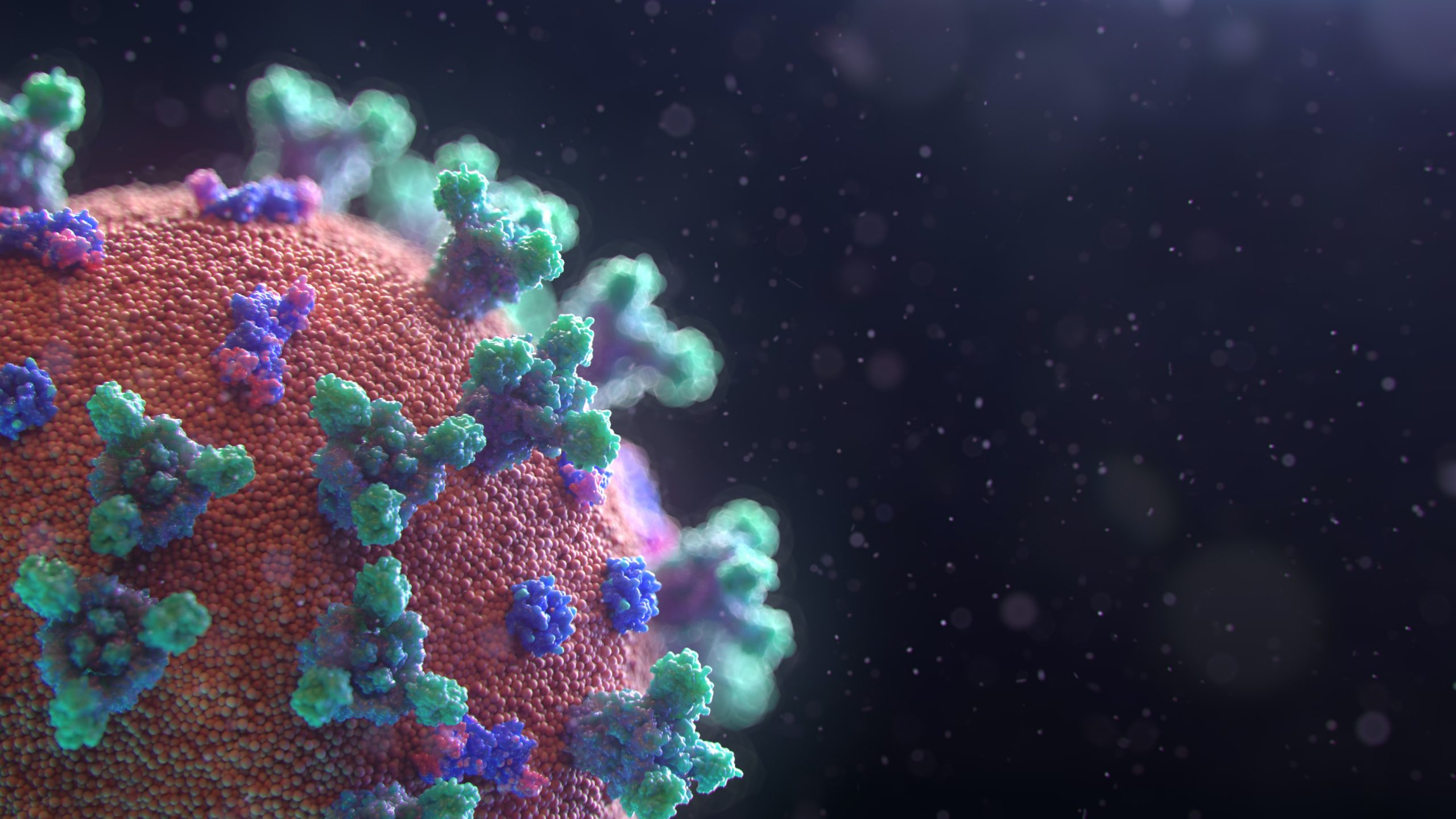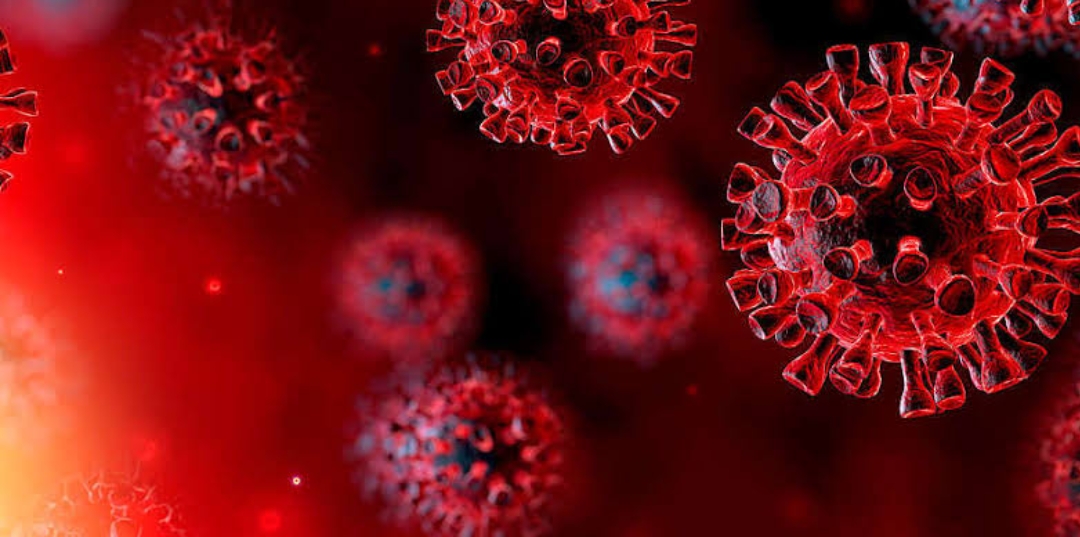
Sero-Surveys : What do Coronavirus antibody studies tell you?
Coronavirus antibody studies and what they show have sparked heated debates, further perplexing the public. These findings were all based on antibody tests, which are diagnostics that look for evidence of previous infection in a person's blood. As these tests have become more widely available, researchers have begun large-scale studies known as serosurveys (sero is short for serology, the study of blood serum). Scientists are finally able to estimate how many people have been infected thanks to these surveys, which can provide information on how deadly the disease is and where it was most concentrated geographically.
Sero-surveys
Sero-surveys to determine whether some neighborhoods have been hit harder than others. You can also study questions like “How much transmission is there within a household?” by surveying specific populations. or “What role do children play in all of this?” One of the major criticisms leveled at some recent studies is that the methods used to recruit participants may have skewed the results. They were chosen at random from grocery stores and Big Box stores after posting advertisements on Facebook. They didn't choose people who were too old or dangerous.
According to Natalie Dean, an assistant professor of biostatistics at the University of Florida, the best way to perform a serosurvey is to randomly select addresses from a database of the population to be surveyed and then send a team of researchers door to door to collect samples. However, sending teams door to door is time-consuming and may pose a risk of infection, not to mention that people who are at home may not want to let someone in at this time. As a result, many cities and states throughout the country are experimenting with various techniques.
Another important question to ask when conducting a serosurvey is how accurate the test was. Over the last few weeks, a slew of new antibody tests have hit the market, and their accuracy is still being scrutinized. Not all tests are accurate to the same degree. When the prevalence of a disease is very low in a population, even a very good test will produce more false positives than true positives. When conducting a serosurvey in a community where only a small proportion of the population has been infected, you must consider the possibility that many of your positive results are false positives.
The other side of the coin
There will almost certainly be a lot of headlines in the future that say things like, "Study finds [X] times more people in [CITY/STATE] infected than confirmed case counts," or, more vaguely, "Coronavirus infections more common than previously thought." These headlines may be true, but that does not mean that your city or state is on the verge of achieving "herd immunity," which occurs when the vast majority of a population is infected. Because there aren't enough carriers to reach the surviving individuals, the virus has a difficult time infecting them.



















